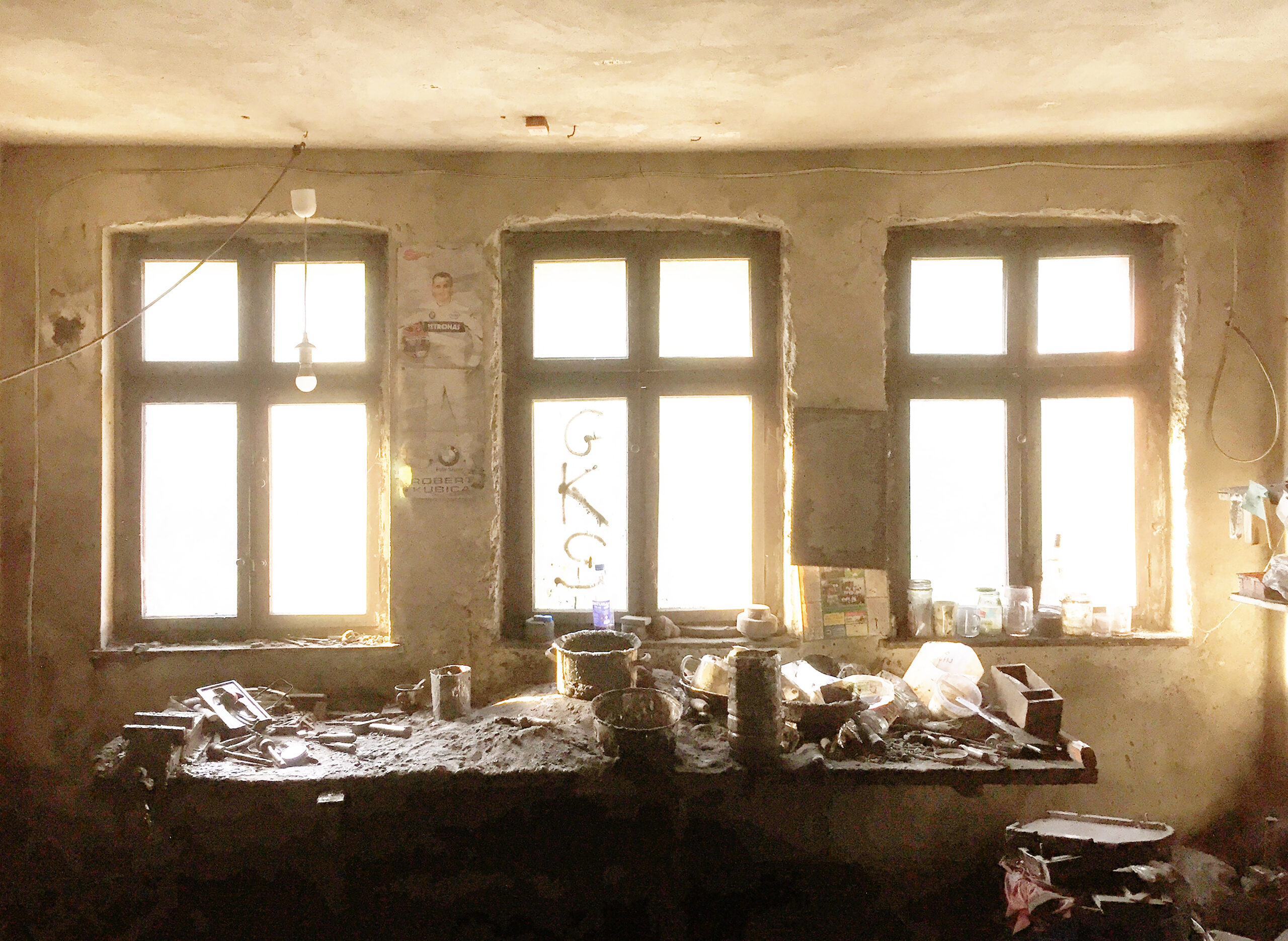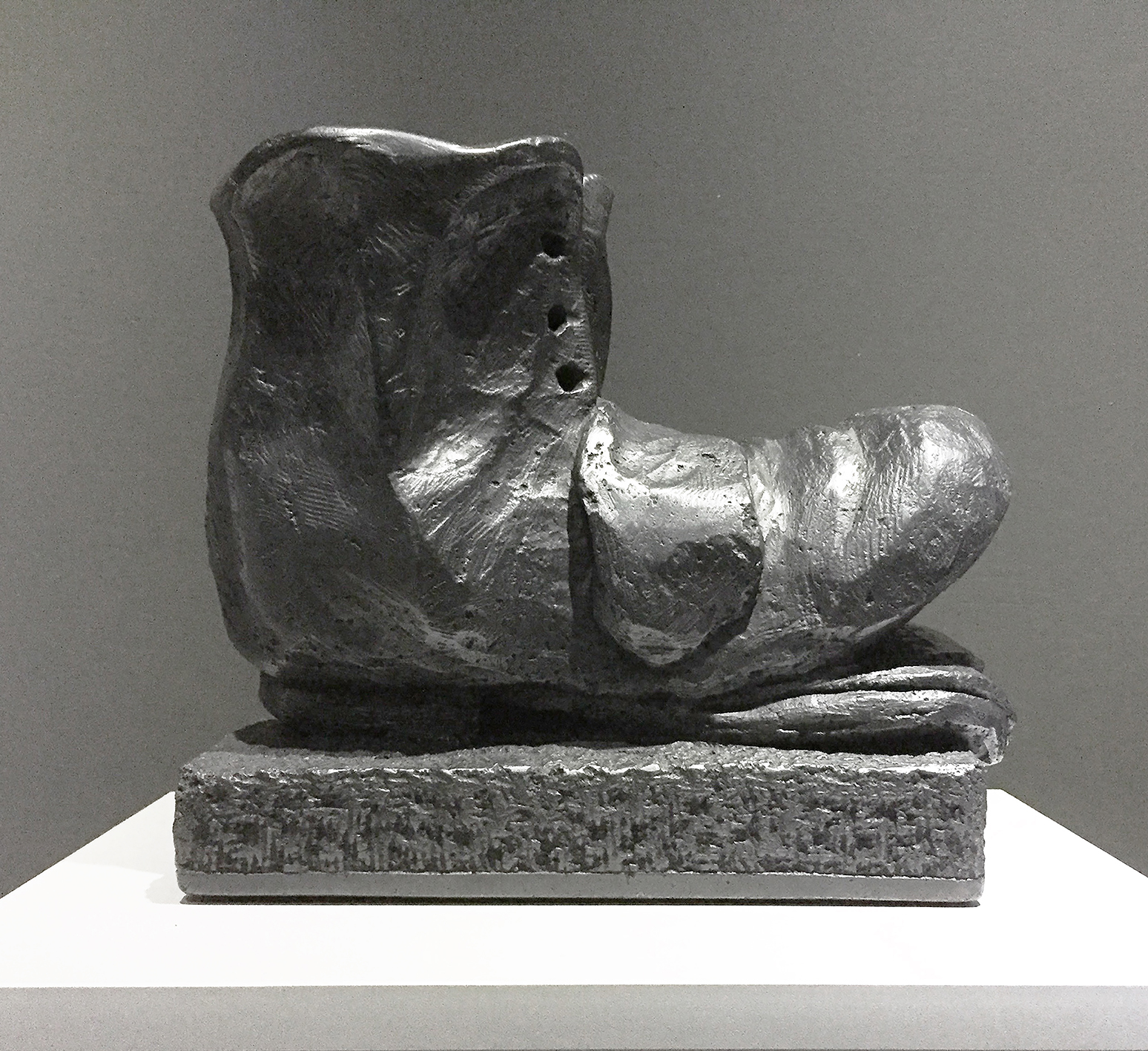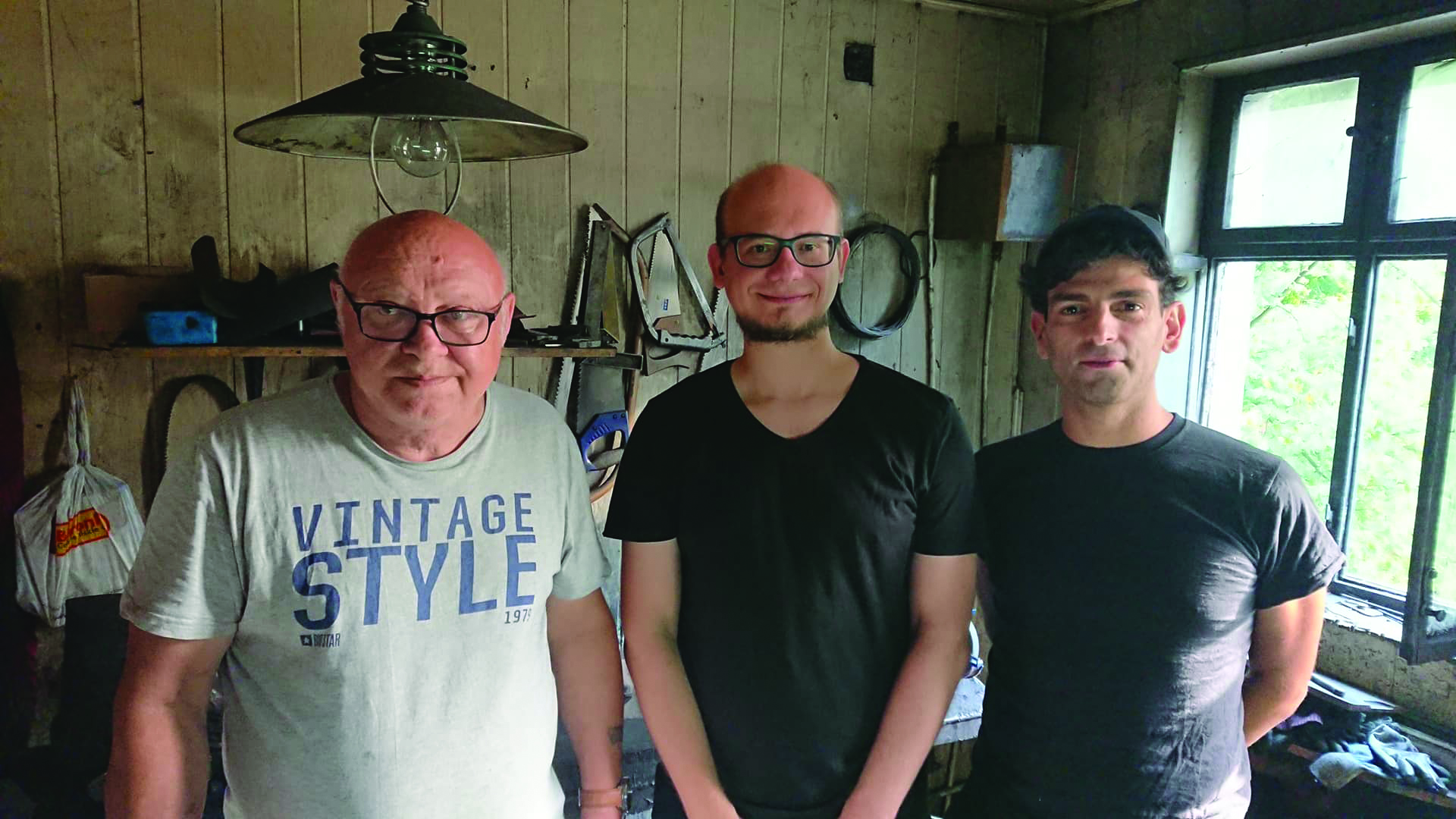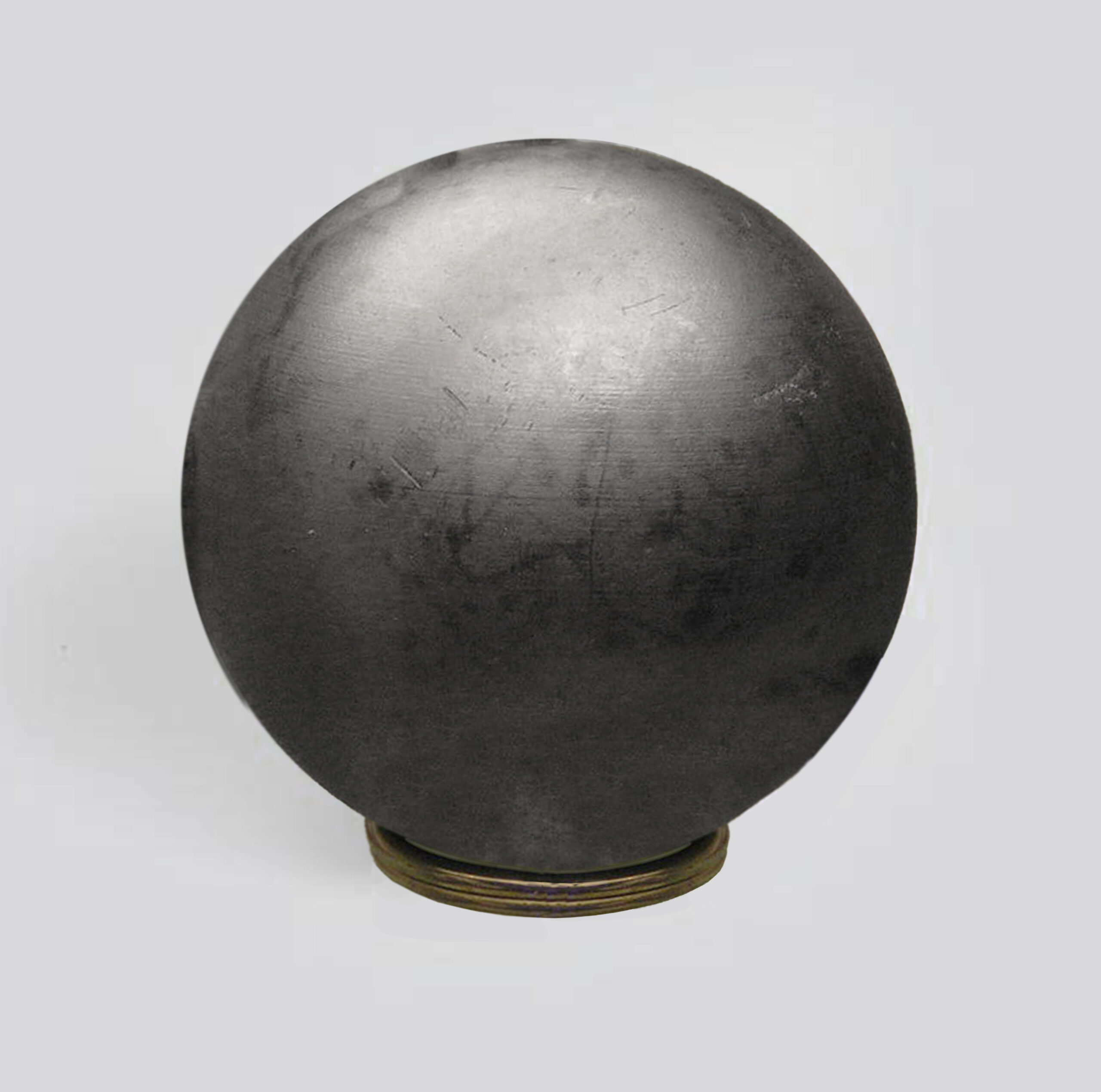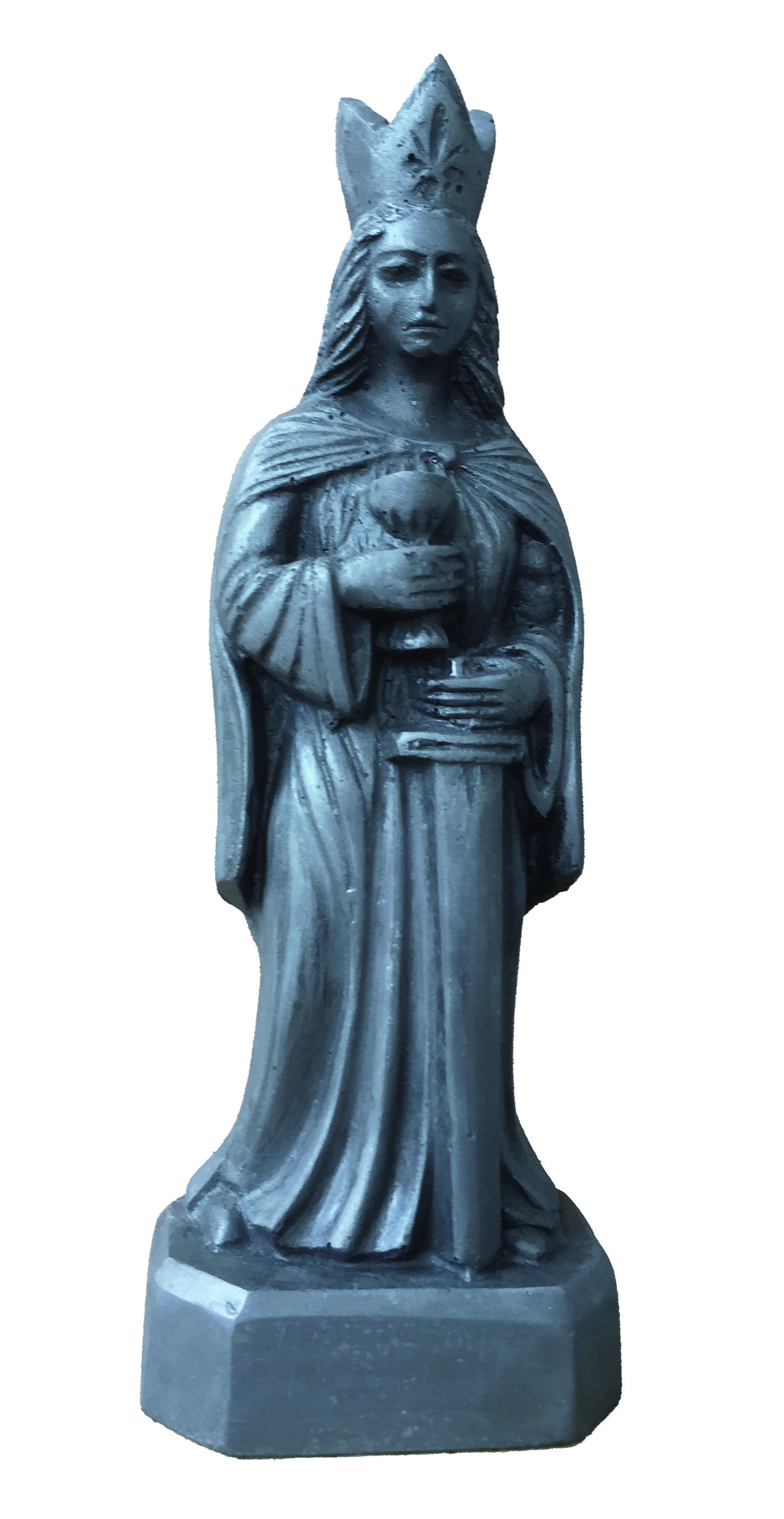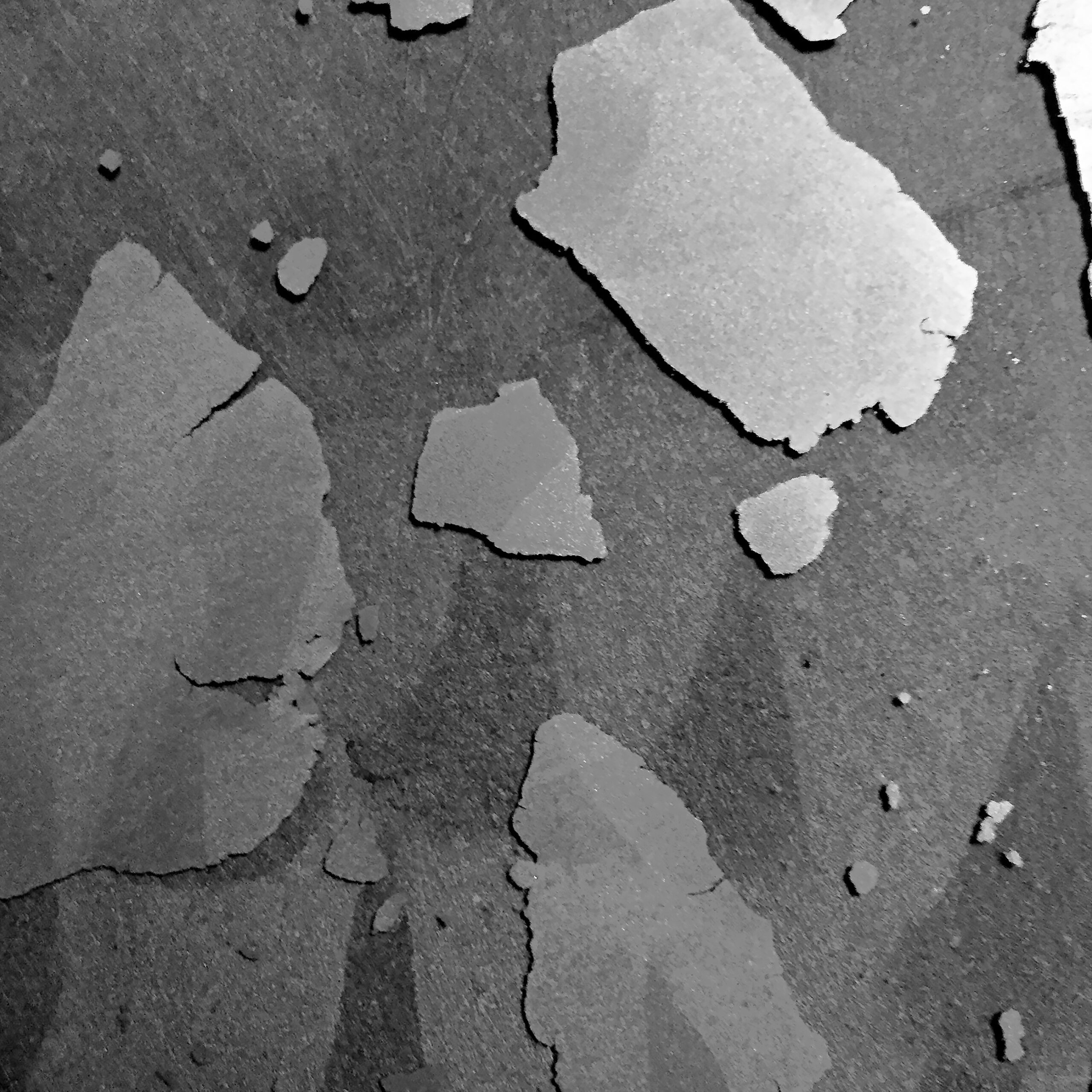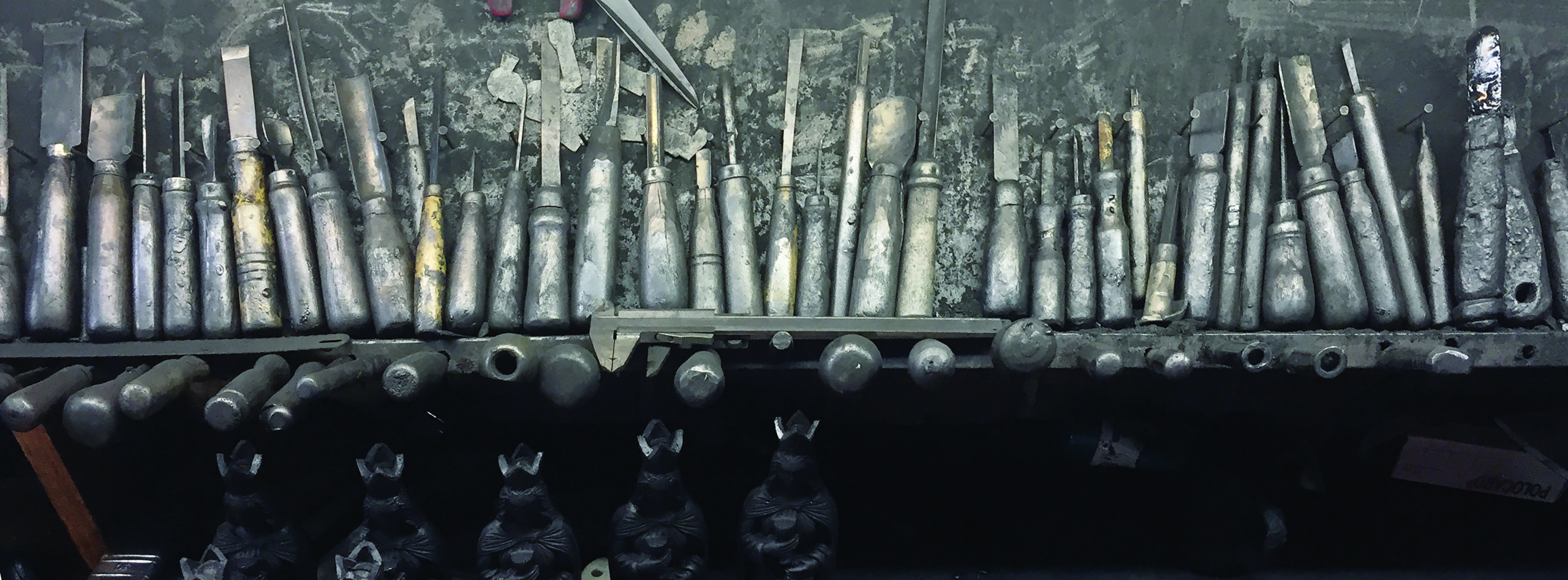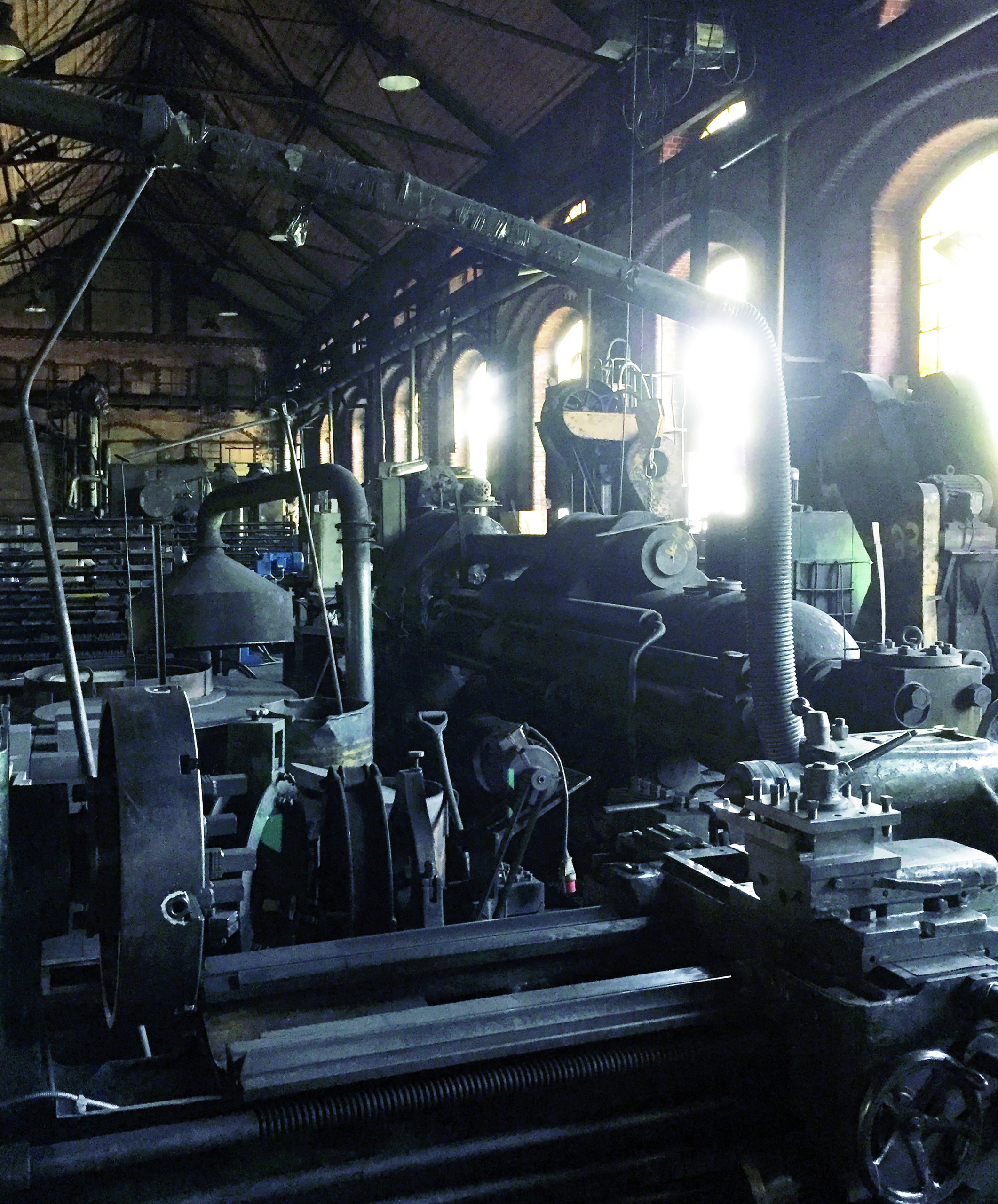PURE GREY: GRAPHITE DUST. 2019.
Graphite shoes, graphite sculptures. Unknown artist at Ostrava-Svinov Karviná Museum.
Ephemeral drawing with graphite powder Gray point.
Sferical block of pure graphite 30cm x 30cm x 30cm.
Documentation.
Description: an experimental procedure about finding pure grey as graphite powder.
The project follow pata-archeology results. It aimed to search for a direct source of the color grey directly from “nature” with a less as possible mediation.
Graphite is an astonish material made by tiny molecules of pure grey as the pure iron. Graphite has its own characteristic. To find it I had to dig into European industrial history that bring me into one of the last area in Europe that still extract coal in massive quantity. Near the border between Poland and Czech Republic, in Ostrava-Svinov Karviná area the cultural tradition connected to industrial coal production and extraction is mainly preserved both economically and in the flesh of the worker. Miners can start to work before16 years old and get retreat today mostly 50 years old. The work conditions are so alienable and stressful for workers that at the age of 50 their bodies are signed by the strenuous work. Most of the workers, in the end of their career, (if they survived) end up with missing several fingers, alcoholism problem, heavy healthy issues linked to the coal dust and a devastated body. A long history of strikes since XIX cen. record the fights to improve security and work conditions. During those long episodes (workers can stay under the ground for months during the strikes) miners started sculpting the only material available: coal and his concentrate pure form graphite. I visited the mines, I met the sculptor Jaroslav Namniestrik and visited his beautiful atelier covered by graphite powder. He generously gave me one of his Saint Barbara sculpture. The work of Susan York, Nancy Rubins,Diogo Pimentão, Bill Bolling, are just few of the example how contemporary artists used the graphite as matter of creation. After my research trip I end up again with a no-pure-anymore matter. A sculpture appeared to me from the local beautiful museum that preserve those fragile sculptures: a “miner…s shoes”, in pure graphite, they are open like the the one painted by Van Gogh(1886), a painting that open up a long debate beetween an half dozen philosophers and art historians. Martin Heidegger, Meyer Schapiro, and Jacques Derrida have written about Van Gogh’s painting of shoes. This graphite sculpture could add a new layer to the debate.
